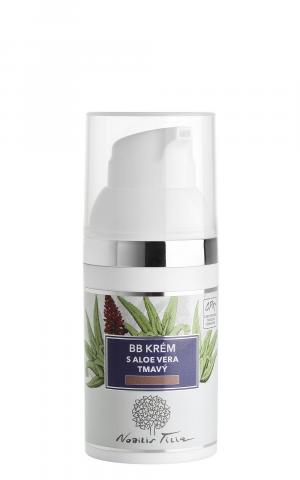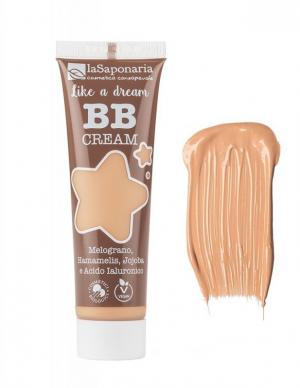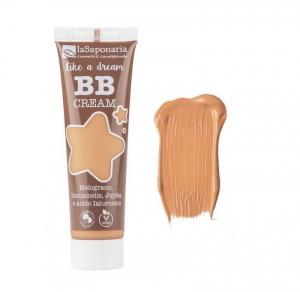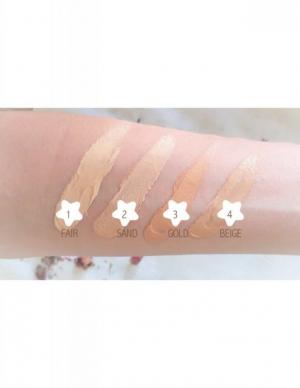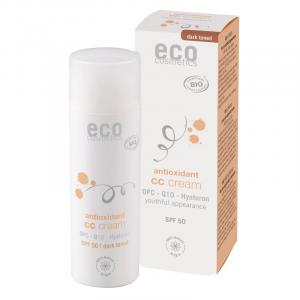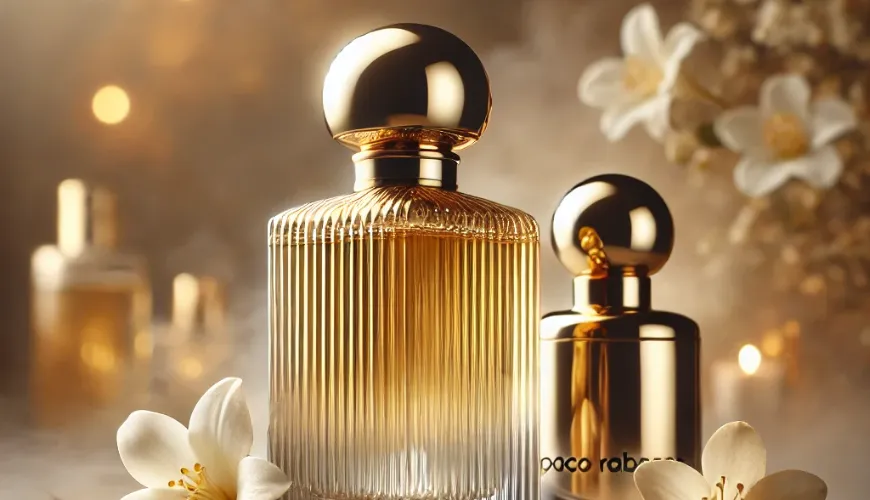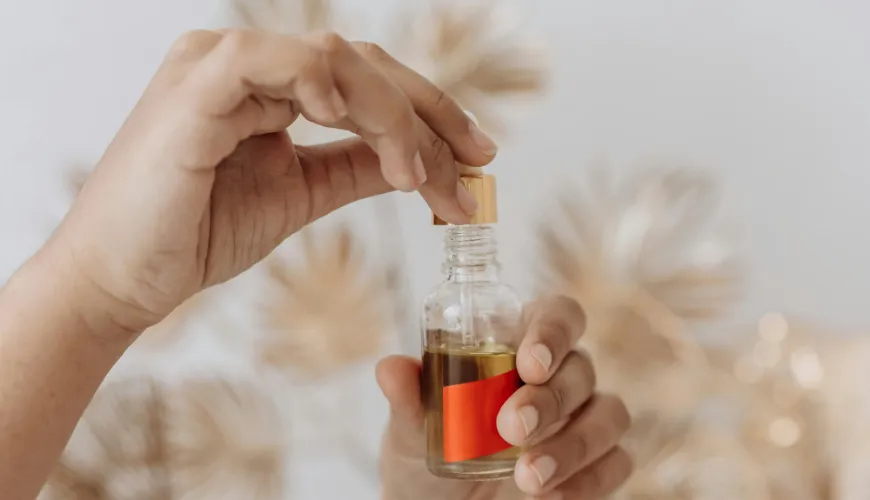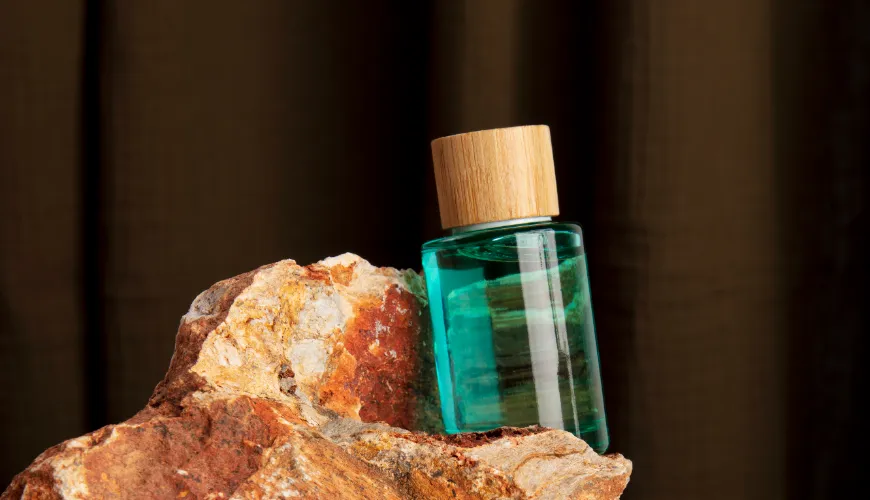
How to Contour Your Face Effectively and Achieve a Natural Look

Face Contouring - The Art of Light and Shadow for Every Face Shape
Face contouring has become one of the most popular makeup tricks in recent years. With the right techniques, you can highlight the strengths of your face, make it appear slimmer, or give it more definition. Although it may seem like an advanced skill, almost anyone can master contouring with a bit of practice – the key is to understand the principles of light and shadow and adapt them to specific features. The shape of your face plays a crucial role in this process.
While some faces benefit from subtle shading, others require a more dramatic approach. So, how should you proceed if you want to know how to contour your face correctly, or if you're wondering how to contour a round face or conversely how to contour an oval face?
Why do we contour?
Contouring is based on a simple rule – what is light stands out, what is dark recedes. In practice, this means that with darker powder, bronzer, or cream contour, the face is optically slimmed and shaped, while a light concealer or highlighter is used to accentuate certain areas.
This can include cheekbones, forehead, chin, or nose – depending on individual features, you can achieve an effect that highlights the best of each face. This is precisely why there isn't one universal rule. Different face shapes require different techniques.
How to determine your face shape?
Before you start contouring, it's important to determine your face shape. The most common shapes are oval, round, square, heart-shaped, and elongated. One simple way to find out is to stand in front of a mirror, pull your hair back, and outline the contour of your face with lipstick or a makeup pencil. This helps visualize the proportions of the forehead, cheeks, and chin.
An oval face is considered the most balanced – the forehead is roughly the same width as the lower jaw, and the overall shape resembles an egg. A round face is wider, with softly rounded cheeks and a less pronounced jawline.
Let's take a closer look at these two shapes today.
How to contour a round face to appear slimmer
If you have a round face shape, you probably want to slim down the features and create more definition – especially in the cheekbones and jawline area.
The main goal is to visually elongate and narrow the face.
Instead of applying the product evenly, focus on vertical lines. Apply a darker shade under the cheekbones – from the middle of the ear towards the corner of the mouth, but stop about two-thirds of the way. This line should be noticeable but well-blended to avoid harshness.
Additionally, you can contour the sides of the forehead and the lower part of the jaw – especially near the ears, creating a subtle narrowing effect. Use a highlighter or light concealer on the center of the forehead, bridge of the nose, center of the chin, and under the eyes in an inverted triangle shape. This will bring these areas forward and add depth to the face.
An example can be seen with the well-known actress Selena Gomez, who naturally has rounder features. Her makeup artists often work with elongating lines to give her face more structure. The result? A natural and elegant appearance.
How to contour an oval face – emphasizing natural harmony
An oval face is often referred to as ideal because it has balanced proportions. However, this doesn't mean it doesn't require contouring – on the contrary, it can be a great canvas for subtle modeling.
The goal is not to radically change the shape, but to emphasize natural symmetry.
Apply darker products under the cheekbones, lightly around the forehead, and along the jawline, but in a softer layer rather than sharp lines. A highlighter can be used on the center of the forehead, chin, and top of the cheekbones. Unlike the round face, there's no need to "stretch" the face here – just a slight enhancement of the natural contours.
A good example of an oval face is French actress Marion Cotillard. Her makeup often appears very natural, but thanks to carefully chosen shading, her face always looks fresh and polished.
Contouring doesn't have to be just about makeup
Interestingly, face contouring doesn't have to be limited to decorative cosmetics. In recent years, there's been growing interest in non-invasive facial modeling techniques, such as gua sha, face yoga, or massages with a jade roller. These methods work with the natural lines of the face and promote lymphatic flow, which can enhance contour appearance even without makeup.
For instance, a regular morning face massage can reduce puffiness and highlight the cheekbone area as effectively as bronzer – and it also provides skin benefits.
Step-by-step guide to contouring your face correctly
For those new to contouring, a simple guide can be helpful. There's no need to invest in expensive products – a bronzer, highlighter, and a soft brush will suffice. Or cream products if you prefer a more natural look.
Basic contouring steps:
- Prepare your skin – a moisturizing cream, or primer ensures a smooth surface.
- Apply foundation or BB cream – evens out skin tone.
- Apply a darker product under the cheekbones, the sides of the nose, forehead, and jawline.
- Apply light concealer under the eyes, on the center of the forehead, chin, and bridge of the nose.
- Blend everything well – transitions should be smooth and natural.
- Set with powder and you can add blush or highlighter on the cheekbones.
Try our natural products
One of the most common mistakes is overly sharp or irregular shading. "Less is more" applies here too – a natural result is always better than harsh lines without blending.
Tips for more sustainable contouring
In today's world, where more and more people are leaning towards an ethical and ecological lifestyle, the world of cosmetics is no exception. If you're interested in how to contour your face while supporting a more sustainable approach to makeup, you can opt for products with natural ingredients that are not tested on animals and are packaged in recyclable materials.
Brands like Lily Lolo, Ere Perez, or puroBIO offer bronzers, blushes, and highlighters that not only work well but also don't burden the planet.
What's more – natural products often contain nourishing ingredients that hydrate and protect the skin. So, besides beauty, they also bring skin benefits.
When technique meets intuition
Contouring can be a challenge at first, but just as a painter needs to know their colors, in makeup, it's about finding a balance between technique and intuition. Every face is unique, and no guide will be 100% universal. It's important to experiment, observe, and adapt.
Ultimately, it's not about how precisely you apply bronzer or where you place the highlighter, but about how makeup makes you feel. And if well-executed contours can boost confidence or simply bring joy to daily self-care, then they are worthwhile.
